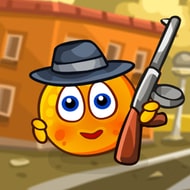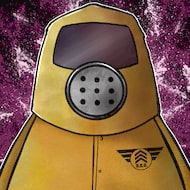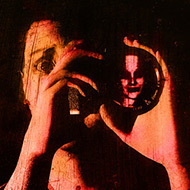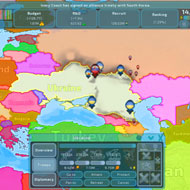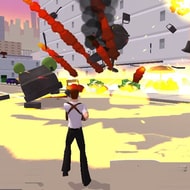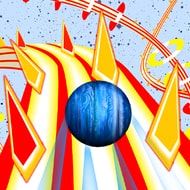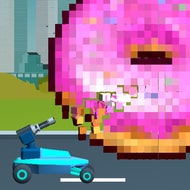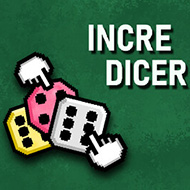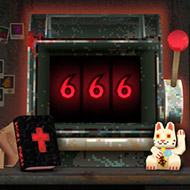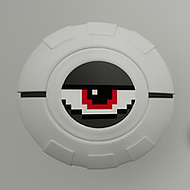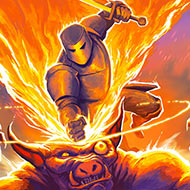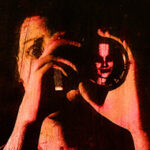
Shutter Story uses the mechanics of photography to build a detective narrative based entirely on observation. There are no combat systems or dialogue trees — only the eye and the camera. Players uncover meaning by capturing precise moments, analyzing visual relationships, and connecting fragments into a coherent whole. It’s an investigation through perspective, where framing becomes truth.
The Mechanics of Discovery
Every scene in Shutter Story holds multiple realities depending on when and how you capture it. Light sources shift, weather alters reflections, and subjects move subtly across frames. Through repetition, players start recognizing small differences between nearly identical photographs — those differences form the backbone of progression.
- Compare multiple photos of the same space to trace unseen events.
- Use contrast changes to reveal hidden inscriptions or textures.
- Align angles from earlier sessions to uncover consistent anomalies.
- Revisit previous locations under alternate lighting to gain new insight.
From Evidence to Interpretation
The gallery system transforms observation into reasoning. Each photograph can be pinned, labeled, or linked with others to reveal larger truths. As the archive grows, patterns emerge organically — players construct logic from art. No single image explains everything; meaning appears only in the relationships between images.
- Organize your archive chronologically to notice gradual narrative shifts.
- Tag recurring shapes or objects to identify themes.
- Use depth of field experiments to reveal layers of background data.
- Delete redundant shots to highlight essential discoveries.
The Role of Time and Presence
In Shutter Story, every photograph freezes time — but the act of freezing also alters it. Environments evolve based on what you’ve captured, creating subtle feedback loops. The more evidence you collect, the more the setting seems to acknowledge your attention. Observation becomes influence, turning the player from passive watcher into quiet participant.
- Track environmental changes after capturing specific subjects.
- Listen for ambient shifts that indicate a hidden variable triggered.
- Photograph movement in sequences to chart its transformation.
- Use deliberate inaction to let the world reset before new captures.
The Story Beneath the Frame
Ultimately, Shutter Story rewards the patience to look again — not at what’s obvious, but what hides in repetition. Each completed sequence of images is more than a solved puzzle; it’s a reflection on how understanding emerges through care, not force. The player leaves not with closure, but with perspective.

